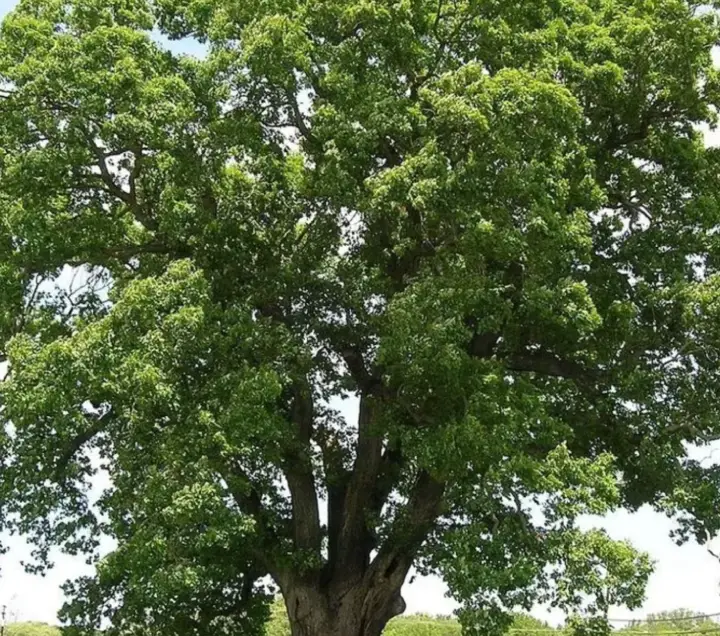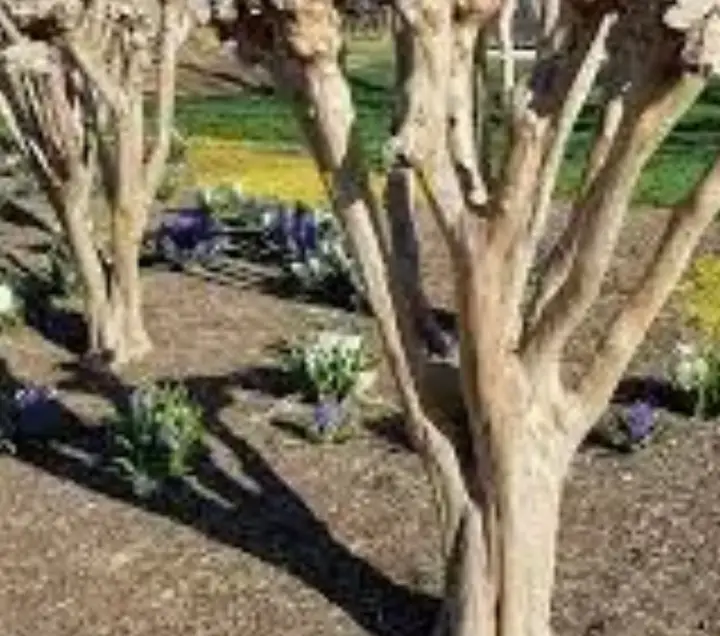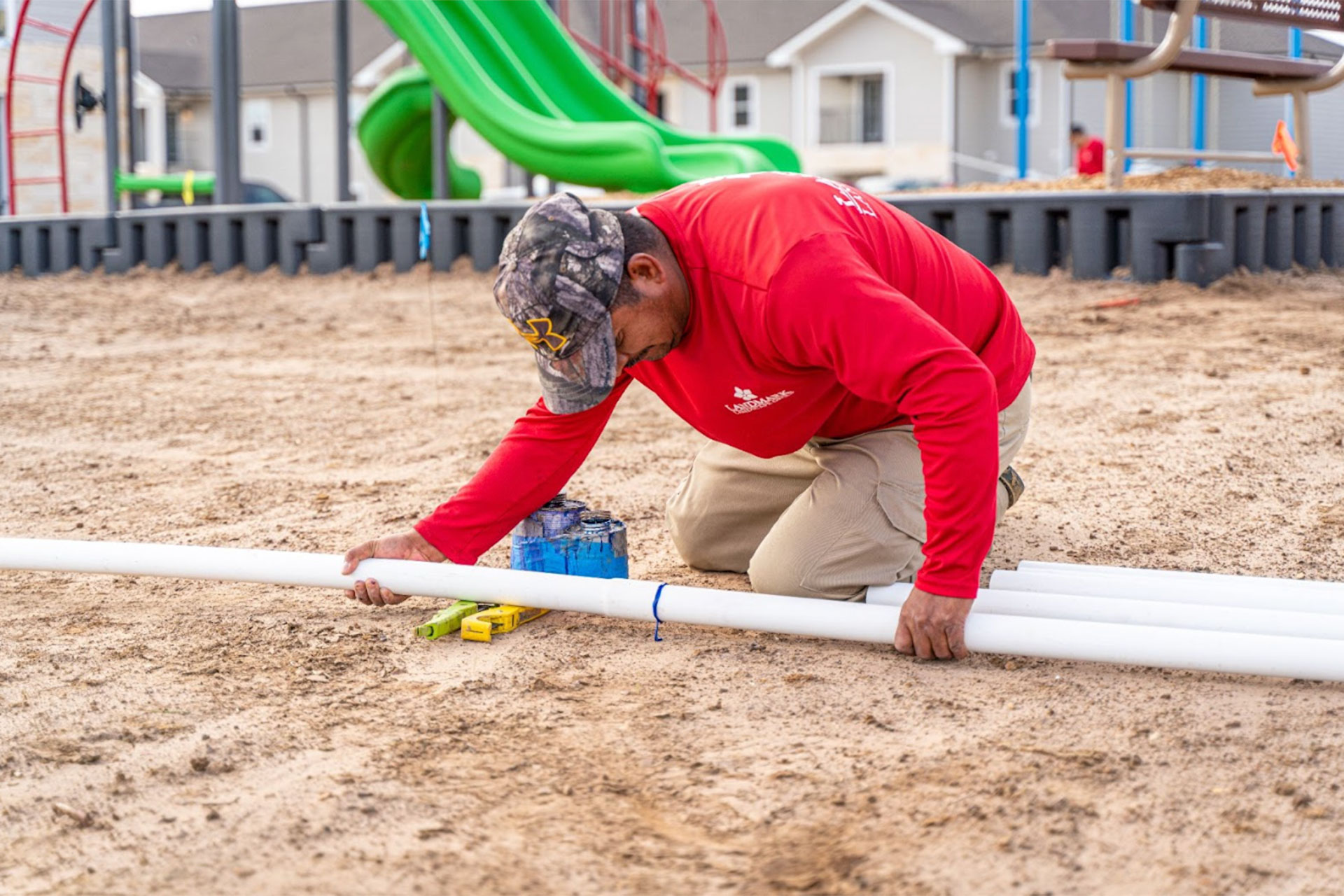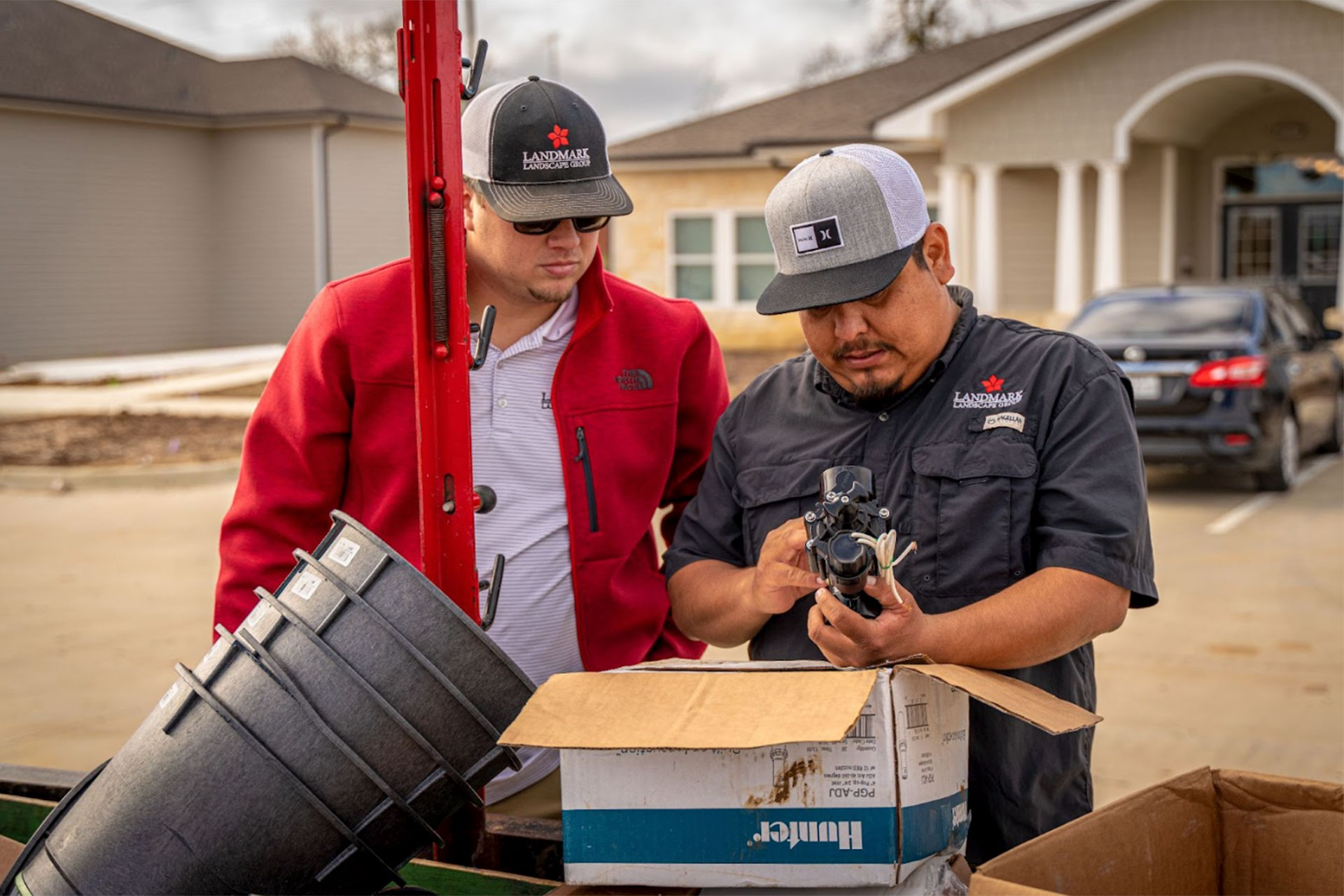A Simple Timeline to Protect Your Landscape Investment
Winter preparation for commercial landscapes in Texas requires strategic planning that begins well before the first freeze warning. While Texas winters are generally mild, unpredictable weather patterns—from sudden temperature drops to ice storms—make proactive preparation essential for protecting landscape investments and ensuring spring recovery. Property managers who approach winter prep strategically protect both their immediate investment and long-term property value while avoiding costly emergency repairs.
Understanding Texas Winter Challenges
Texas winter weather presents unique challenges that differ significantly from traditional northern winter conditions. Rather than consistent cold temperatures, Texas properties face rapid temperature fluctuations, sudden freezes following warm periods, and occasional ice storms that can devastate unprepared landscapes. These dramatic weather swings stress plants and irrigation systems in ways that steady cold climates don't. The key to successful winter preparation lies in preparing for variability rather than assuming consistent conditions. This means implementing protection strategies that handle both mild winter periods and sudden severe weather events.
The Critical Timeline for Winter Preparation
Effective winter preparation follows a specific timeline that aligns with Texas climate patterns.
November: The Primary Preparation Window
November represents the ideal window for most winter preparation activities across Texas. During this period, plants begin entering dormancy, and weather conditions remain mild enough for outdoor work. Key activities during this primary window include adjusting irrigation systems for reduced winter watering needs, completing final fertilization applications, and beginning leaf management as deciduous trees start dropping foliage. This is also the critical period for installing frost protection materials and ensuring drainage systems are clear of debris.
December: Final Preparations and Monitoring
December focuses on completing final preparation tasks and establishing monitoring protocols for freeze events. This includes final irrigation system adjustments, completing structural pruning of deciduous trees after leaf drop, and implementing comprehensive leaf management programs. December also marks the beginning of monitoring for freeze warnings and implementing protection protocols when needed. Properties with sensitive landscape elements require established procedures for protecting plants during freeze events.
Irrigation System Winterization
Irrigation system preparation is one of the most critical aspects of Texas winter prep, as freeze damage to components can result in expensive repairs and water waste. Unlike northern climates that require complete system drainage, most Texas regions benefit from adjusted operation rather than complete shutdown, which involves reducing watering frequency and duration while maintaining system functionality. Proper winterization includes testing all system components, adjusting controller programming for winter conditions, and ensuring proper drainage of above-ground components. Backflow prevention devices require particular attention, as these components are especially vulnerable to freeze damage. Established freeze protection protocols prevent costly damage during sudden temperature drops.
Plant Protection Strategies
Different plant materials require varying levels of winter protection. Successful winter prep focuses on high-value and vulnerable specimens. This includes recently installed plants, tropical or semi-tropical plants at the edge of their cold tolerance, and plants in exposed locations. Protection strategies range from simple mulching around root zones to covering with frost cloth during freeze events. The key is having materials and procedures in place before they're needed, as freeze warnings often provide limited preparation time. Winter pruning requires careful timing to avoid stimulating new growth; focus on removing dead, damaged, or diseased material while addressing structural issues to prevent branches from breaking under ice loads.
Drainage and Emergency Protocols
Texas winter weather often includes significant rainfall and occasional ice storms that can overwhelm drainage systems. Proper drainage preparation prevents flooding and erosion damage. November and December provide ideal opportunities to clear drainage systems of accumulated debris. Furthermore, successful winter landscape management requires established protocols for monitoring weather conditions and responding to freeze events, including understanding microclimates on your property.
Long-Term Benefits of Proper Winter Preparation
Property managers who implement comprehensive winter preparation strategies consistently see better landscape performance and lower maintenance costs over time. Plants that survive winter without stress recover more quickly in spring, reducing the need for replacement and restoration work. Properly maintained irrigation systems experience fewer failures and operate more efficiently, reducing both water costs and emergency repair expenses. Proper winter preparation sets the stage for successful spring recovery and growth, resulting in earlier spring green-up, better plant performance, and lower overall maintenance costs.
Ready to protect your commercial landscape investment this winter? Landmark Landscape Group has been helping Texas property managers navigate seasonal transitions for years. Contact them today to develop a customized winter preparation plan that protects your landscape investment and ensures healthy spring recovery.











.jpg)
.jpg)
